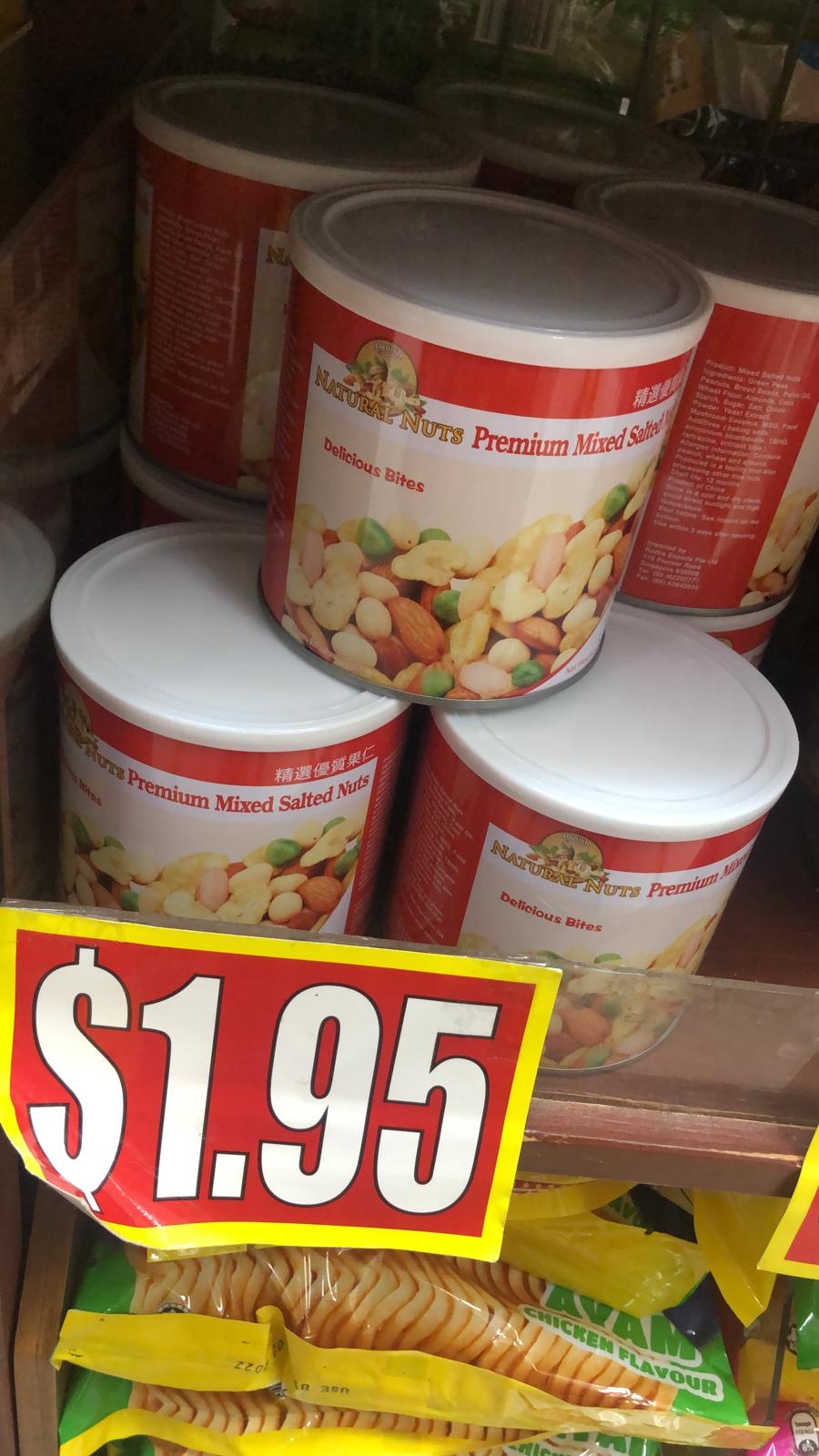
Skysy
No personal profile
116Follow
7Followers
0Topic
0Badge
$Halberd Corp.(HALB)$buy buy
Nice
Sorry, the original content has been removed
$Halberd Corp.(HALB)$lets go moon
Nice
Sorry, the original content has been removed
Nice
Sorry, the original content has been removed
Nice
Sorry, the original content has been removed
Nice
Sorry, the original content has been removed
Ok
Sorry, the original content has been removed
Interesting
Sorry, the original content has been removed
Interesting
Sorry, the original content has been removed
$Tiger Brokers(TIGR)$interesting
Go to Tiger App to see more news